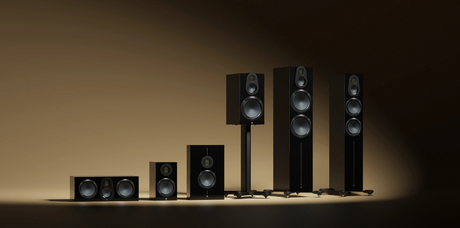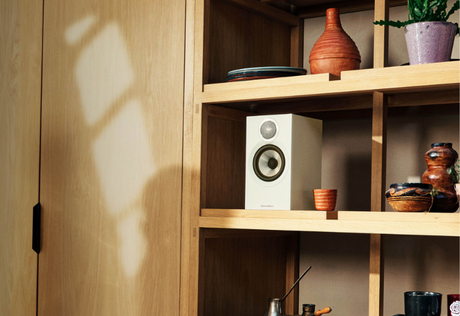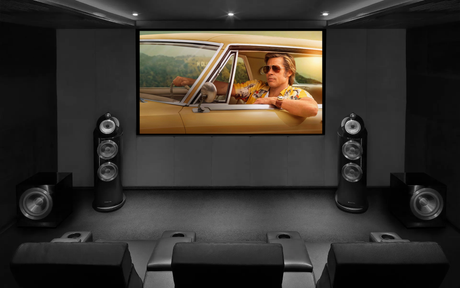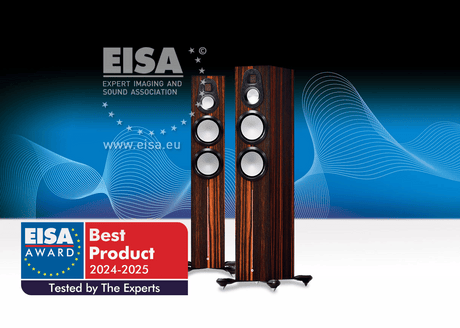USB microphones are a great solution for those who want to get started recording audio quickly and easily. They are especially popular among creators, podcasters, musicians, and broadcasters. When choosing the right model, it is important to consider:
- Intended use : voice, music, group chats or broadcasts.
- Price : In Lithuania, the prices of USB microphones range from €40 to €300 and more.
- Technical specifications : frequency range (preferably 20 Hz - 20 kHz), signal-to-noise ratio (SNR, at least 70 dB), bit depth, sampling rate.
- Design and additional features : metal body, pop filter, headphone output, mute button.
AUTOGARSAS.LT offers a wide selection of microphones and professional consultations to help you find the best solution. For beginners, we recommend models such as Sandberg Streamer USB Microphone Kit (€58.99) or FIFINE K688 (€63) . For professionals, we recommend Audio-Technica AT2020USB+ (€180) or Rode Podcaster (€220) .
To ensure good sound quality, it is important to properly prepare the room acoustics and choose the microphone position . It is also recommended to test microphones live to find the model that best suits your needs.
What to Consider When Choosing a USB Microphone
How Do You Plan to Use It?
First, it's important to consider what you'll be using the microphone for. If you're creating podcasts, you'll want a microphone that can clearly capture your voice and suppress ambient noise. Musicians need models that can accurately reproduce a wide range of frequencies. Streamers and YouTubers, meanwhile, often prefer microphones with real-time audio monitoring. If you're planning to record group discussions, opt for omnidirectional models, while cardioid directional microphones are great for individual recordings, as they capture sound best from the front.
Budget
USB microphone prices in Lithuania range from €50 to €300 or even more. Entry-level models, costing around €50–70, are already significantly ahead of integrated microphones. For example, the Sandberg Streamer USB Microphone Kit (126-07) costs €58.99, and the FIFINE K688 XLR USB Podcast Microphone costs €63. Both of these microphones are great for beginners. If you can spend more, for example €150 or more, you will get a microphone with better technical characteristics, lower noise, and additional features.
Technical Specifications
The frequency response indicates the range of sound a microphone can capture. Better USB microphones support a range of 20 Hz to 20 kHz, which covers the entire human hearing spectrum. The signal-to-noise ratio (SNR) should be at least 70 dB - the higher this figure, the less background noise.
Bit depth and sampling rate are also important. The standard 16 bit/44.1 kHz is fine for most projects, but 24 bit/96 kHz provides a wider dynamic range and better sound quality. Sensitivity is how efficiently a microphone converts sound into an electrical signal - it is measured in dBV/Pa.
The polar pattern determines which directions a microphone picks up sound from best. Cardioid models are good for solo recordings, omnidirectional for group conversations, and bidirectional for two-person discussions. Consider these characteristics and your work environment.
Compatibility and Design
The construction of a microphone affects its durability. A metal body is more durable than plastic, and a stable stand prevents accidental drops. Some microphones have built-in shock absorbers that dampen vibrations from the surface.
Ergonomics are also important – conveniently placed controls and ease of use. Side-address microphones are often more convenient in the studio, while end-address models are more compact. Additional features, such as adjustable gain or a mute button, can further enhance the user experience.
Additional Features
A headphone output and gain control let you monitor and adjust your audio in real time. A mute button is especially useful for broadcasts or work calls. Some models offer LED indicators to show microphone status, and zero-latency monitoring lets you hear your voice without delay.
Don't forget the accessories - a pop filter helps reduce explosive sounds, and shock absorbers protect against vibrations. Some manufacturers include stands, USB cables and even software in the kit. AUTOGARSAS.LT store offers a wide selection of microphones that meet these needs.
USB Microphones, Available AUTOGARSAS.LT
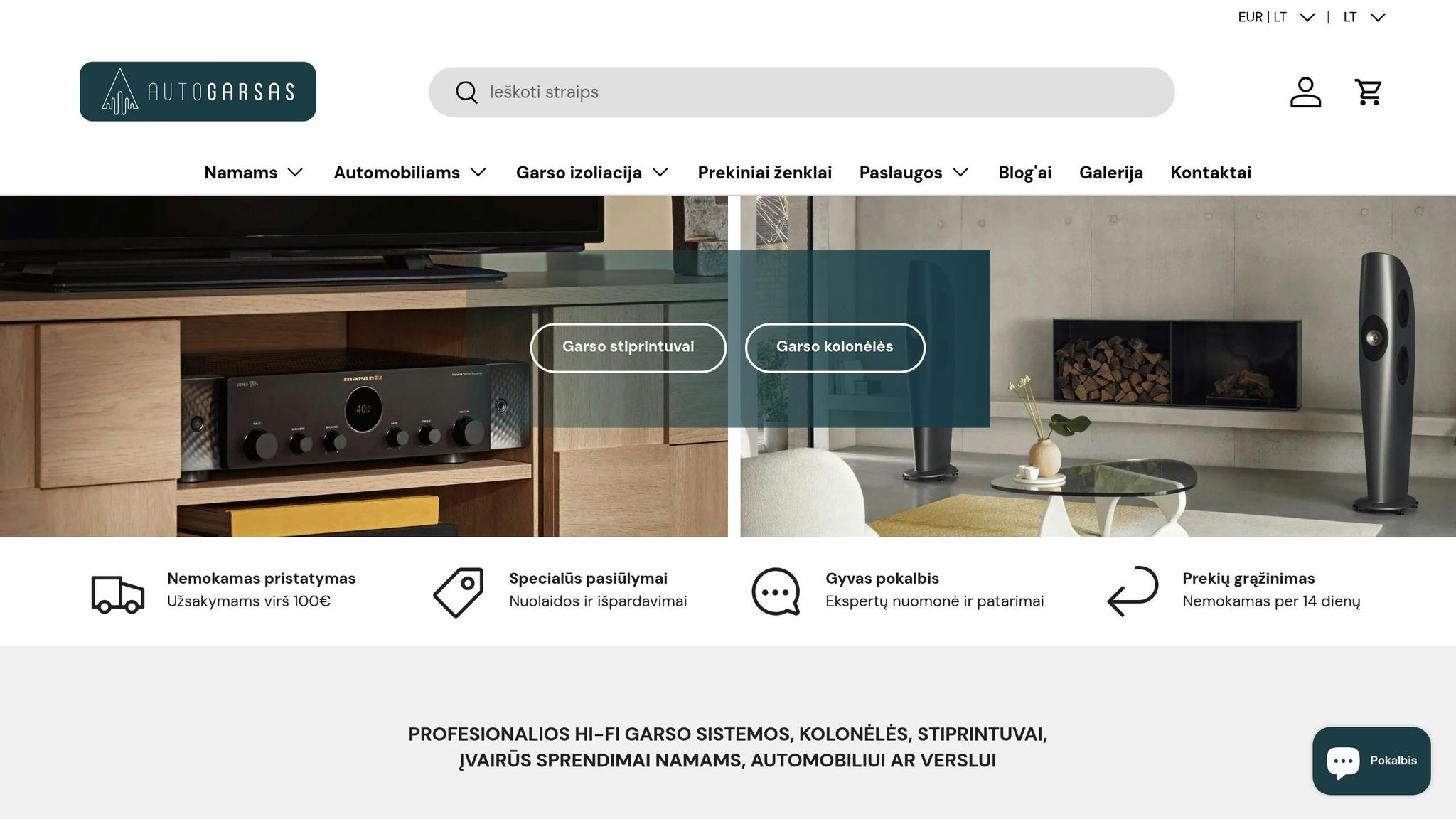
Popular Models
If you are looking for a USB microphone that will suit your needs, AUTOGARSAS.LT offers a wide selection. Here you will find models suitable for both beginners and professionals, which differ in their features and prices.
The Sandberg Streamer USB Microphone Kit (126-07) (€58.99) is a great choice for beginners. This microphone has a cardioid polar pattern that effectively reduces background noise. The kit also includes a stand, pop filter and LED indicator - everything you need to conveniently start streaming or creating podcasts.
The FIFINE K688 XLR USB Podcast Microphone for €63 is a versatile model that supports both USB and XLR connectors. This means that even if you upgrade to more professional audio equipment, you won't need to change this microphone. It also has a built-in headphone output and gain control for more precise control of the sound level.
The Audio-Technica AT2020USB+ , priced at around €180, is an ideal choice for professionals. This condenser microphone features a wide frequency range (20 Hz – 20 kHz) and a high signal-to-noise ratio. It is a great solution for music recordings or high-quality podcasts.
Blue Yeti microphones, which cost between €150 and €200, are known for their versatility. They offer four polar patterns: cardioid, omnidirectional, bidirectional, and stereo. This allows them to be used in a variety of situations, from individual recordings to group discussions.
The Rode Podcaster (around €220) is a USB dynamic microphone designed specifically for podcasts and radio shows. Its design is less sensitive to ambient noise, making it ideal for rooms without special acoustic finishes. The sturdy metal housing and integrated pop filter help reduce explosive sounds.
When choosing a microphone, it is important to assess your needs. For beginners, Sandberg or FIFINE are perfect due to their simplicity and affordable price. For professionals, Audio-Technica or Rode models are recommended, while the Blue Yeti is a versatile alternative that is suitable for a variety of situations.
AUTOGARSAS.LT specialists are always ready to help – you can try out microphones in the store in Kaunas or use detailed descriptions and reviews in the online store.
Comparison Table
| Model | Price | Frequency Range | Polar Characteristic | Main Features |
|---|---|---|---|---|
| Sandberg Streamer USB Kit | €58.99 | 50Hz-16kHz | Cardioid | Stand, pop filter, LED indicator |
| FIFINE K688 | €63 | 20Hz-20kHz | Cardioid | XLR/USB connectors, headphone output, gain control |
| Audio-Technica AT2020USB+ | €180 | 20Hz-20kHz | Cardioid | 24-bit/192kHz, headphone monitoring |
| Blue Yeti | €150–200 | 20Hz-20kHz | 4 modes | Real-time monitoring, mute function |
| Rode Podcaster | €220 | 20Hz-20kHz | Cardioid | Dynamic microphone, integrated pop filter |
How to choose a USB microphone for the home studio
sbb-itb-02aace5
Home Studio Setup with USB Microphones
To fully utilize the capabilities of a USB microphone, it is important to take proper care of its positioning, room acoustics, and equipment setup.
Microphone Positioning
Proper microphone placement is key to quality sound.
- For voice: Hold a condenser microphone 6 to 12 inches (15 to 30 cm) from your mouth and tilt it slightly. Use a pop filter to reduce the impact of explosive sounds like "P" or "B" and sibilant sounds like "S" or "CZ" [3] [4] .
- Guitars: Place the microphone at the 12th fret or near the sound hole for balanced sound [3] .
- For an amplifier: Place a dynamic microphone near the center or edge of the speaker to record direct sound [3] .
- For a sense of space: To record more room sound, place the microphone further away from the instruments [3] .
Remember to consider the microphone's polarity and adjust its position to suit your recording needs. Use an adjustable stand so you can easily change the microphone's position.
Room Acoustics
Even the best microphone won't do much if the room isn't properly prepared. USB microphones can pick up unwanted sounds, so it's important to create a "dry" recording environment with as little echo as possible [7] [9] .
- Sound absorption: Install foam panels or acoustical mats on walls and ceilings to reduce sound reflections. Use bass traps in the corners of the room to reduce low-frequency resonance [5] [6] .
- Budget-friendly solutions: Heavy textiles such as blankets, rugs, or upholstered furniture can help reduce reflections. Place a rug between the microphone and the recording area [5] [6] [8] .
- Recording location: Smaller rooms with carpeting and few hard surfaces help to avoid echo. Record towards absorbent materials rather than a blank wall [7] [9] .
- Sound Diffusion: Bookshelves on the side or back walls help to diffuse reflections [6] [9] .
It is important to maintain a balance - too much attenuation can make recordings lose their liveliness [5] [6] .
Connection and Maintenance
Once the room acoustics are in order, proper equipment setup will ensure the best recording quality. Connecting a USB microphone is easy – just plug it into your computer’s USB port. Most USB microphones do not require additional drivers because they are class-compliant [11] .
- Connect the microphone to the USB port.
- Check your computer's sound settings and select the microphone as the input device.
- Use a DAW program with appropriate settings (e.g. WAV format, 44.1 kHz, 16/24 bit) [11] [12] .
If your microphone has a built-in headphone jack, use studio monitoring headphones to avoid feedback [10] [11] .
Keep your equipment neat and clean – regularly clean the microphone housing and protect it from dust and moisture to ensure its longevity [12] .
Why choose AUTOGARSAS.LT for USB microphones?
Here are some reasons why AUTOGARSAS.LT is a reliable USB microphone supplier and a great choice for your home studio solutions.
When choosing a USB microphone, it is important to have a partner who not only offers quality equipment, but also ensures professional service. AUTOGARSAS.LT is one of the leading suppliers in Lithuania, offering solutions for both beginners and professionals.
Wide selection of products
AUTOGARSAS.LT offers a wide range of high-quality audio equipment, including USB microphones and studio accessories. As an official representative of brands such as JBL , Focal and Dali , the store ensures that all products are original and reliable.
Here you will find condenser microphones perfect for podcasts or vocals, dynamic microphones for recording instruments, and USB microphone kits with all the necessary accessories. All products are selected according to the highest quality standards to meet various studio needs.
In addition to microphones, a wide range of studio accessories are offered to help ensure that all equipment runs smoothly.
Professional consultations and services
One of the strengths of AUTOGARSAS.LT is its team of experienced consultants who are well-versed in audio technology. They will not only help you choose the most suitable microphone, but also advise you on how to set up an entire home studio according to your needs and budget.
Services include individual consultations, assistance in optimizing room acoustics, and equipment assembly. Whether you plan to create podcasts, music, or record voiceover work, our specialists will offer solutions that meet your goals.
In addition, AUTOGARSAS.LT offers equipment installation services. Specialists can come to your home, install and configure the equipment so that you achieve the best sound quality without additional hassle.
Live product testing
At the Kaunas showroom, you have the opportunity to test USB microphones live, compare their sound quality, and find the best option for your studio. Professional monitors installed in the showroom allow you to objectively assess the sensitivity and sound properties of microphones.
Consultants will not only help you test the equipment, but will also practically explain the technical specifications and show you how to use the microphone correctly. You will also be able to try out various accessories to create the optimal solution for your home studio.
Conclusions
Choosing the right USB microphone can not only improve the quality of your recordings, but also make your work easier. First, it is important to clearly decide whether you will use the microphone for podcasts, music recordings or live broadcasts.
Once you have discussed the main criteria, it is worth considering your budget, which will help you narrow down your choices and find the best value for money. For example, the Rode NT-USB+ , which costs around €185, provides high-quality sound, while the Maono PD200X , which costs around €100, is a great choice for beginners [13] . Technical features such as a 20 Hz–20 kHz frequency response and cardioid polar pattern ensure accurate recording, while features such as a headphone output or a mute button make everyday use easier [1] [2] .
It is also worth taking the opportunity to try microphones live. In Lithuania, you can visit the AUTOGARSAS.LT Kaunas showroom, where experts will not only provide consultations, but also let you hear the sound of different models. This is extremely useful, because the sound properties of microphones can vary, and only after practical testing will you be able to choose the one that best suits your voice and working environment.
Investing in a quality USB microphone pays off. Visit AUTOGARSAS.LT , try out the latest models and get personalized recommendations that will help you create a home studio that meets your needs. Experience professional sound today!
FAQs
How to improve the acoustics of a room so that a USB microphone provides the best sound quality?
To achieve the best sound quality from a USB microphone, it is necessary to take care of the acoustics of the room. Sound-absorbing materials , such as acoustic panels, foam or textiles, are a great solution for reducing echo and extraneous sounds. These materials should be attached to the walls and ceiling for a cleaner sound.
It’s also worth considering using diffusers . They help disperse sound, creating a more balanced acoustic environment. If you have the option, use technologies like Room Correction , which automatically adjust the acoustics to the characteristics of the room. A properly prepared space will allow you to record clearer, more natural, and more professional sound.
What features of a USB microphone should beginners in a home studio pay attention to?
When choosing a USB microphone for your home studio, it is important to consider several key features that directly affect the quality and convenience of your recordings:
- Polar pattern : This indicates which direction the microphone picks up sound best. Cardioid is popular with beginners because it effectively blocks out ambient noise and focuses on sound from the front.
- Frequency range (Hz): This defines how low and high frequencies a microphone can capture. A wider range allows you to record natural and detailed sound that sounds more realistic.
- Sensitivity : Refers to the microphone's ability to respond to sound. Microphones with higher sensitivity can capture even very quiet sounds, making them great for delicate recordings.
- Bit rate and sampling frequency (kHz): These parameters determine the resolution of the recordings. To achieve a professional sound, it is recommended to choose microphones that support at least 16 bits and 44.1 kHz.
Taking these parameters into account, you will be able to choose a microphone that will meet your needs and provide excellent sound quality for home recording.
Is the USB microphone compatible with other audio devices if I plan to upgrade my studio equipment?
USB microphones operate independently, connecting directly to a computer via a USB port. Because of this feature, they are usually incompatible with traditional audio interfaces or other professional devices.
However, if the need arises, USB microphones can be integrated with other audio sources using additional adapters or sound cards. If you are considering upgrading your studio equipment, it is worth considering purchasing a professional sound card. This would provide more flexibility and allow you to easily connect various devices, including USB microphones.



